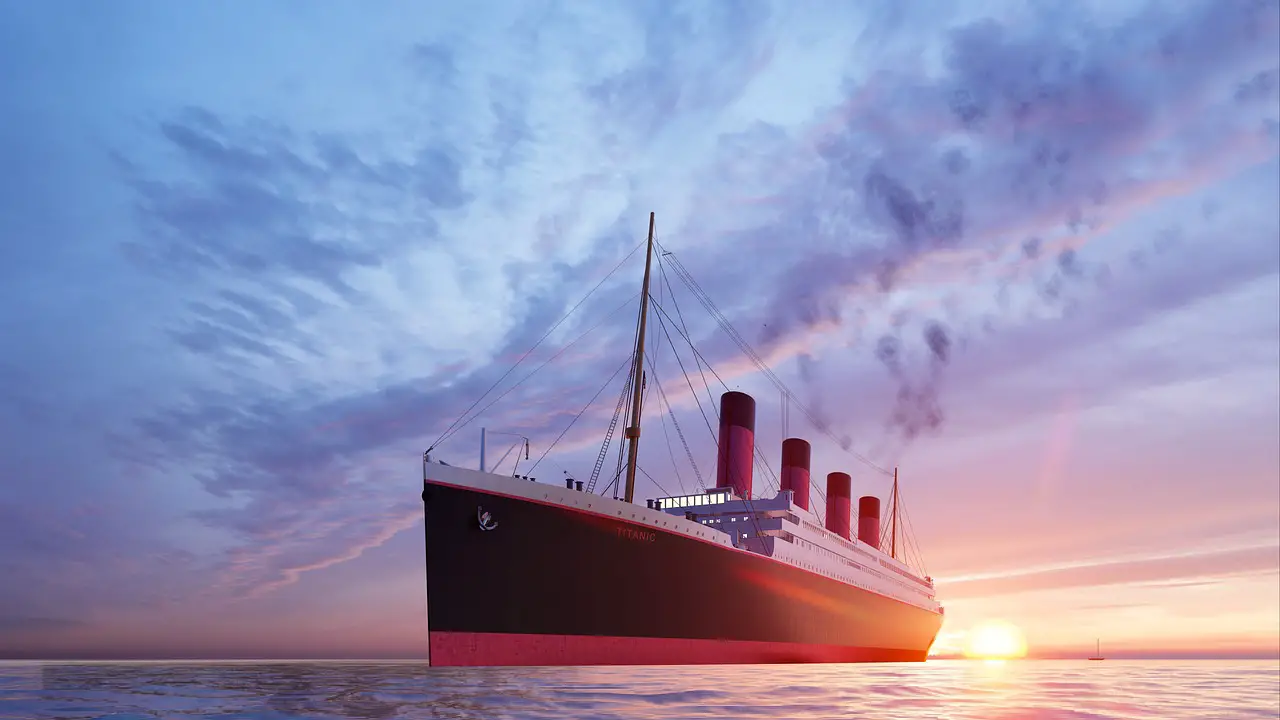Contrary to popular belief, the Titanic did not intentionally lock third-class passengers below decks as it was sinking. The misconception likely stems from the fact that doors and gates separating third class from other areas of the ship were typically closed. This practice was not unique to the Titanic. Still, it was rather a standard procedure mandated by immigration laws of the time, which aimed to prevent the potential spread of infectious diseases among passengers of different classes.
However, it is true that during the evacuation process, some third-class men were not permitted to board the lifeboats along with the women and children. This decision was based on the principle of “women and children first,” a common protocol during maritime emergencies. As a result, priority was given to ensuring the safety of women and children, often leaving men from all classes with fewer opportunities to access lifeboats.
This aspect of the Titanic’s evacuation procedures highlights the complexities and challenges faced during the tragic event. While efforts were made to adhere to established protocols and regulations, the situation’s urgency and the lifeboats’ limited capacity inevitably led to difficult decisions and unequal outcomes for passengers of different classes.

Titanic’s lifeboat system
Furthermore, the lifeboat system aboard the Titanic wasn’t constructed to simultaneously handle the entire complement of passengers and crew. Its primary purpose was to facilitate the transfer of passengers to nearby rescue ships during emergencies. However, as the ship sank rapidly and rescue assistance was hours away, a significant deficit in lifeboat provision endangered the safety of those on board.
The Titanic was outfitted with a mere twenty lifeboats, which included four collapsible ones. This insufficient quantity meant there were inadequate resources to evacuate all individuals promptly. Additionally, the ineffective preparation and execution of the evacuation worsened the crisis.
Due to the urgency of the sinking and the shortage of lifeboats, many of the lifeboats were launched before they were fully filled. This meant that some lifeboats departed with empty seats, leaving behind passengers and crew who were unable to secure a spot on a lifeboat.
The inadequate provision of lifeboats and the rushed evacuation process contributed to the loss of life during the Titanic disaster. It underscored the importance of proper emergency preparedness and the need for sufficient resources to ensure the safety of passengers and crew in maritime emergencies.
Avid Writer with invaluable knowledge of Humanity!
Upcoming historian with over 30 million views online.
“You make your own life.”


